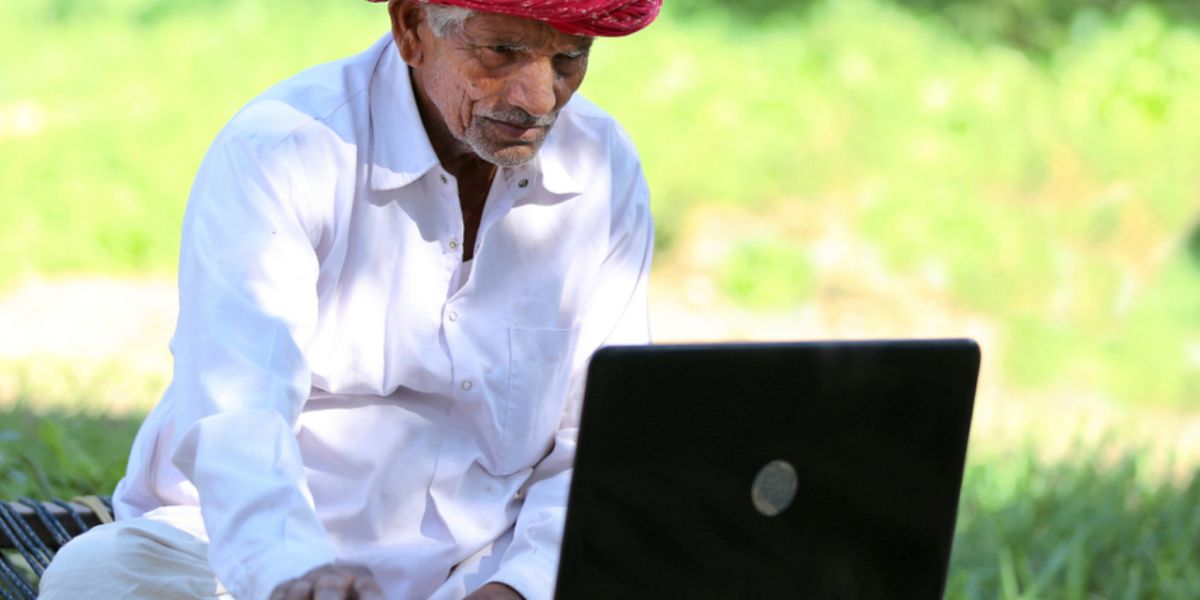
Telecommunication forms an integral part of any developing state. India is currently the second-largest telecommunication market with 1172,44 billion subscribers as of December 2019. The ‘Digital India’ initiative started by the government has brought a revolution in the country that is transforming India into a digitally empowered nation thus connecting all.
The telecommunications market in India is booming, and it now has the third-largest number of internet users. Low call tariffs, attractive packages and better connectivity have led to a tremendous increase in the number of internet users.
Getting connected in India
If you have a smartphone, tablet, or laptop, you can easily enjoy internet services even on the go. Whether you need to check your mail, access Google maps or simply browse something of your interest, you don't have to rely on your mobile data connectivity because now there are free WIFI facilities available at airports, railways stations, metro stations, hotels, cafés, etc.
As a part of 'Digital India' program administrations in several metro cities like Mumbai, New Delhi, Kolkata, Bangalore, and Lucknow have launched 'Public WIFI Hotspots' in different public areas. All you need to do is select the free hotspot network and enter a password. On doing this you will receive an OTP code which will allow you to access free internet.
Subscription in India
There are some major wired broadband providers in India such as BSNL, Airtel, Vodafone, Idea Cellular, and Reliance Communications (JIO). You can pick any of the providers as per your need. It's always better to briefly go through the different packages offered by different providers and choose accordingly.
If you already have a landline, you can ask your service provider for an internet connection. You will need to submit your proof of identity and proof of address. In some cases, you may also be asked to pay a security deposit. Subscription formalities vary from one service provider to another.
3G and 4G in India
With the advent of 3G and 4G technologies getting connected has become more convenient. The latest breakthrough in 4G services offered by different companies is playing an important role in bridging the connectivity gap across the nation. Now even the people in remote areas can easily access internet services and stay connected with the happenings of the world.
4G or fourth generation of cellular wireless services with attractive tariff plans, higher speed and end-to-end IP wireless networks has led to exponential growth in the number of internet users.
You can access 3G and 4G services on your laptop by using any of the portable modems available in the market. There are different types of modems available for you to choose from.
Useful links:
We do our best to provide accurate and up to date information. However, if you have noticed any inaccuracies in this article, please let us know in the comments section below.








